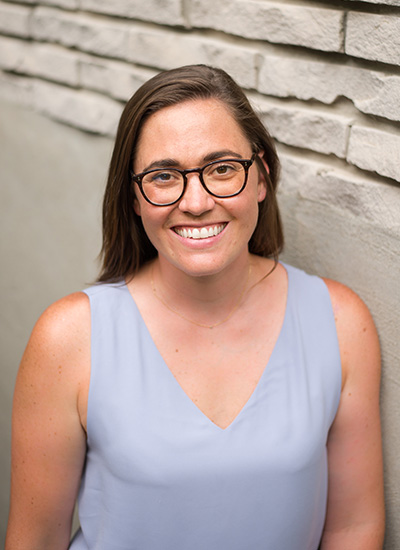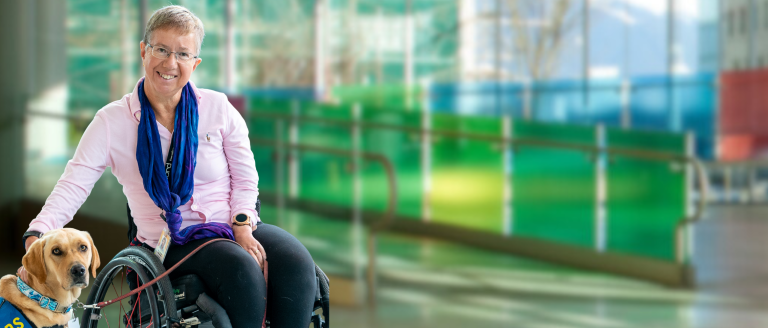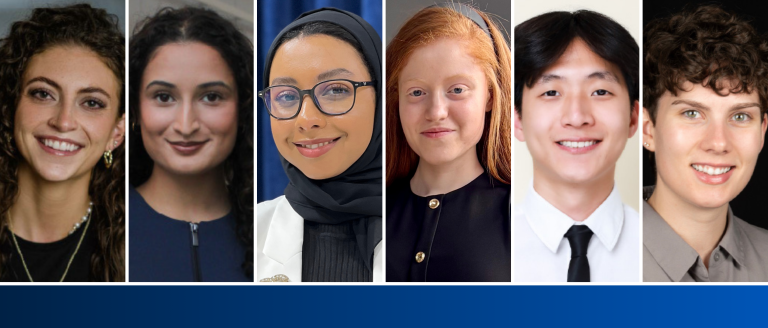
LAUREN ROBERTS
CLINICAL ASSISTANT PROFESSOR
Division:
Distal Extremities
Site:
Fraser – Burnaby Hospital
Dr. Lauren Roberts is an assistant professor with the UBC Department of Orthopaedics and an orthopaedic surgeon at Burnaby Hospital. Dr. Roberts’ love of science, varsity sports, and competitive synchronized swimming led her to a graduate degree in kinesiology, orthopaedic residency at UBC, and a foot-and-ankle fellowship at the Hospital for Special Surgery in New York City.
Can you share a little bit about your educational background and journey, and how you got to where you are today?
I was born in Waterloo, Ontario and was active in varsity sports and competitive synchronized swimming during high school. I always loved science but found myself drawn more to the macro than the micro. This led to an ever-increasing interest in human movement.
Following high school, I moved to Nova Scotia to attend Acadia University. There, I completed my Bachelor of Kinesiology with a focus on Athletic Therapy in 2007. During my two years at Acadia, I worked with the women’s varsity basketball team and had a lot of early exposure to injury management and musculoskeletal (MSK) science in action. After completing my Master of Science in Kinesiology at the University of Ottawa in 2009, I completed my medical degree at McMaster University in 2012.
It was early in medical school electives after my first time in the OR, that I knew that the OR was where I wanted to be. I committed to pursuing orthopaedic surgery at this time. This brought me to the University of British Columbia where I completed my residency in 2017.
By my third year in residency, I had decided to pursue sub-specialist training in foot and ankle and was thrilled to do a one-year fellowship at the Hospital for Special Surgery in New York City. Upon completion of a comprehensive fellowship and a once-in-a-lifetime year living in Manhattan, I happily returned to Vancouver to begin my foot & ankle and general trauma practice in Burnaby.
I am now a clinical assistant professor at UBC as well as the site leader for Medical Student Education in Orthopaedics at Burnaby General Hospital.
What inspired you to work in orthopaedics, specifically foot and ankle?
My early exposure to MSK medicine during my time with Acadia Varsity Basketball was inherently biased to the lower extremity given the nature of the sport. Early on, the complexity of the anatomy and biomechanics of the foot and ankle really caught and kept my attention.
Foot and ankle is a rapidly developing subspecialty where there continues to be a lot of questions and variability on the best approach to a given problem. The creative problem solving required to address complex foot deformities, for example, continues to stimulate and challenge me. There is an art to this not necessarily seen elsewhere. I learned early on in residency that the surgical variability that comes with this type of practice is not always seen in all other specialties.
Deformity correction, arthroscopy, arthroplasty, tendon transfers, tendon and reconstruction, varied and unique trauma reconstruction…why have just two bones and one joint in your specialty when you can have over twenty of both!
What excites you most about your work? What are you most proud of?
Of course, I get excited about piecing someone back together after a devastating injury or rebuilding a foot that has collapsed over time. I love seeing my patients walk faster, longer and pain free again. That said, there are other quieter moments that I find tremendously satisfying. I believe that great outcomes in surgery and the satisfaction of both the patient and surgeon in the whole process is optimized with communication, understanding and education.
There are many days when I meet patients who come in absolutely certain that they need an operation. I enjoy spending time with these patients educating them on their problem and other available options. I hope that they leave my office with an improved understanding of their situation allowing them to make the right decision for themselves. In these interactions, rather than being disappointed, confused and frustrated that surgery wasn’t offered, I often sense these patients leave empowered now that they better understand what their issue truly is and what the options really are.
What is one piece of advice that you would give to current trainees?
When you are trying to decide on what specialty you want to pursue in orthopaedics and where and how you want to practice, remember there will be many truly great things about all your options. In making your decision, my advice would be to spend more time thinking about the hardest or least appealing part of each. Consider these as the starting point for your decision. The good things about the practice will likely stay that way for your whole practice. It’s the hard parts that you need to make sure you can live with for the long haul.
Throughout residency, seek out the rare and interesting surgical cases in the OR—the heroic saves and exciting new techniques. However, while you are in training, don’t forget the importance of seeing the “boring stuff,” the complications, and the mundane ins and outs of a busy follow-up clinic. These things will be a big part of your practice. They should figure large in your decision making as well.
When you’re not working, where can we find you?
When I’m not working you can find me trying to squeeze in a round of golf or skiing in Whistler while juggling nap times, park plays, snacks and swimming lessons!


